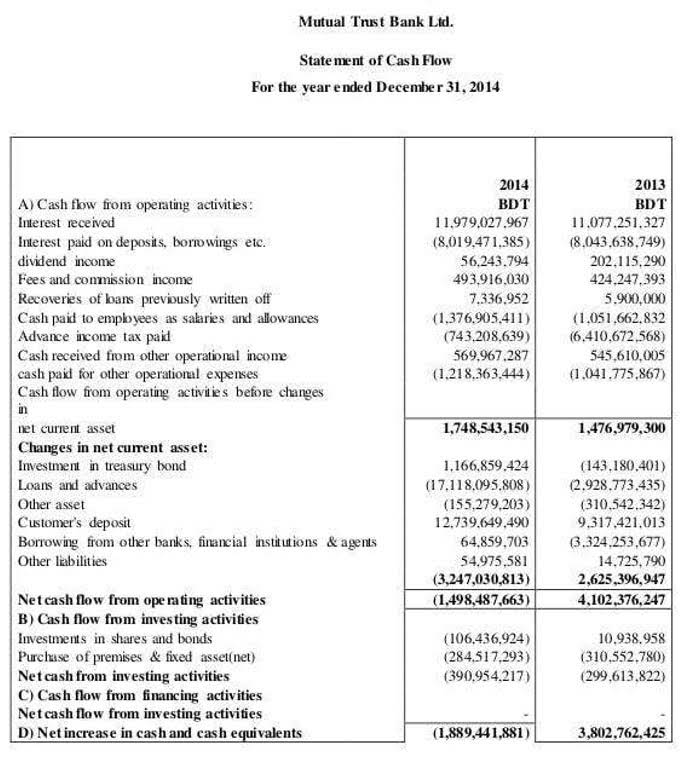
The answer to that question comes down to cost structure since the difference in revenue and profit is cost. For example, if you put shipping and fulfillment below the cost of goods and marketing and put it into an SG&A category, you have now mixed a variable expense with fixed overhead. It will inhibit you from identifying operating leverage in the business (discussed below).

Consumer packaged goods generally have short lifespans and are intended to be used quickly. The name originates in their packaging, which traditionally is easily recognizable wrapping that consumers can quickly identify on store shelves.
Fixed overhead can change.
Overstocking can lead to increased storage costs, while understocking can lead to lost sales and reduced profitability. Tomorrow’s supply chain must operate in real time and with insufficient information to enable cost reduction, resilience, cpg accounting flexibility, and traceability, especially post–COVID-19. Maximizing success on these platforms without triggering cannibalization of more profitable sales requires appropriate, tailored messaging and assortment at the point of sale.
- Isolating marketing as a % of sales, MER, or ROAS, or however you choose to assess marketing efficiency, will quickly enable you to identify trends and seasonality within your business.
- One of the most important ways a CPG manufacturing business can optimize their sales of both CPG and FMCG products is by using retail analytics.
- An intimate understanding of your cash flow will help you maintain enough capital to manage growth and meet consumer demand.
- They are also partnering with predictive analytics firms to gauge a consumer’s lifetime value even before that consumer buys a product from the company.
- About half of Western consumers across age groups are prioritizing conscious eating and living, preferring purpose-driven brands that help them meet personal goals like reducing meat consumption.
- Companies that sell consumer packaged goods (CPGs) are traditionally high-margin, high-volume businesses.
Frequent changes in consumer demand and the fight for shelf space in retail stores have made CPG a highly competitive industry. CPG companies aim to maximize their revenue by selling as many products as possible to customers. Marketing plays a key role in this objective as CPG companies look to strengthen the association between consumers and their favorite brands. It will be a bigger industry, with much larger global players and more competition from up-and-coming companies in emerging markets.
Track your trade spend like a hawk
Meanwhile, small and medium-sized brands captured 45 percent of growth, and private-label products captured 30 percent. This underperformance by leading brands varies by category, with household care performing best, but leading brands in all categories captured less than their fair share of growth (Exhibit 2). Direct-to-consumer (D2C) businesses are commercially viable for only select CPG propositions—namely, those with an average basket and purchase frequency high enough to justify customer acquisition costs and make per-order economics viable.
- Evaluating and comparing these companies will usually involve an analysis of basic ratios that are comprehensively important for all companies as well as some more unique to the industry group itself.
- Overall, these four activity ratios can be very important for consumer packaged goods companies.
- In the last decade, leading CPGs players turned over their portfolios at more than twice the rate of other large listed firms.4McKinsey analysis.
- Our research shows that top performers reallocate 2–3 percent of resources per year, removing unproductive costs and channelling funds to priority initiatives.
- Resource constraints and scale will lead to very different value-chain structures.
- CPG companies also need to adopt a new how-to-win model that reinvents marketing to focus on consumer relevance and builds new, largely digital commercial capabilities to grow with growing channels and markets, especially in emerging Asia.
- Fortunately, with Byzzer’s reporting solutions, you can have all the data you need at your fingertips.
A wave of mergers and acquisitions followed in the years 2000 to 2007, but the success of these deals was mixed; revenue increased but TRS growth dipped. Then, during the Great Recession and the subsequent recovery, the industry grappled with a tough economy and persistently high commodity costs, limiting both revenue growth and value creation. Momentum remains a critical factor and accounts for 1.6 percent of growth across the entire sample. CPG companies that generate both organic growth and margin expansion have a clear advantage. Our research shows that accretive growers stand to capture an incremental 5.0 percentage points in real organic growth compared with accretive laggards, but also 3.6 percentage points in margin improvement compared with dilutive growers. As we discuss below, the key to achieving both growth and profit is to build distinctive commercial capabilities, allowing accretive growers to reach the “efficient frontier” of profitable growth.
Brand Protection
The main lesson of Fenty Beauty’s campaign is to demonstrate your unique selling propositions in every aspect of your brand’s marketing. Fenty made a concentrated effort to center inclusivity and diversity at the heart of their brand. When you recognize and bring to the forefront what is the true value of your brand that sets you apart from your competition, consumers will respond and give you their brand loyalty. And if you aren’t incorporating diversity, equity, and inclusion into your brand’s values, you are not going to be as successful as brands that have a clear message of inclusivity.